Isolated to widely scattered rain showers will be possible through the evening hours, especially east of I-65. More dense fog is expected to develop overnight into the Tuesday morning commute with lows staying warm in the middle 60s. A nearly stationary center of low pressure will stay parked over the Southeast for the next few days. This will lead to multiple waves of heavy rainfall and embedded thunderstorms.
Scattered rain showers and isolated thunderstorms are developing already this afternoon. Storms shouldn't be severe in nature but can produce some very heavy rainfall and frequent lightning, which may cause some delays in high school football games. Rain and storms will wrap up later this evening with skies staying cloudy and muggy lows dropping to 70 degrees. The weekend forecast overall will be wet, but by no means is this weekend a complete washout.
Off and on scattered showers and thunderstorms will continue this evening with periods of locally heavy rainfall and lightning possible. A few isolated storms will be capable of producing wind gusts over 30 miles per hour. Additional showers are expected overnight with areas of fog developing for the Monday morning commute, lows will be muggy in the middle 60s. Some of the rain this evening could be heavy.
Most of the day will see little chance for rain and it's most likely going to be the evening hours where showers and storms begin to develop. Spotty rain showers will be possible this evening with coverage increasing overnight into Sunday morning, lows will be muggy in the middle 60s. A north/south split at the start of this period with unsettled breezy conditions in the north, whilst the south remains largely dry with sunny spells.
Overnight fog will continue to be a feature of the weather with light winds. Temperatures are likely to be around or slightly below normal for the time of year, with a possibility of some frost. A change to more unsettled conditions in all regions may get underway in the second half of the period. Skies will remain clear overnight with lows dropping into the upper 50s to lower 60s.
Tuesday will be a very similar day with mostly sunny skies and seasonably warm high temperatures in the middle 80s. Humidity levels will gradually start to creep up for the end of the work week with temps staying in the low to middle 80s. Isolated shower chances could return by next weekend, especially Sunday. Unseasonably warm, highs possibly reach into the mid 80s. A gradual increase in clouds with a chance of showers afternoon into the evening hours. Clouds and a chance of showers at night.
An Ozone Action Day is in effect for the DFW area today. After another comfortable start, temperatures will be on the rise this afternoon through the weekend with highs in the low 90s. The normal high temperature at DFW this time of year is 82, so temperatures will be around 10 degrees above normal. There will also be an increase in the humidity by Saturday. Expect breezy south winds both days this weekend around 10 to 15 mph.
Morning lows will average about ten degrees below normal for the area tomorrow morning with clear skies, lite winds and dry air in place. The chill will not last long as sunshine and lite southerly winds take over and push the afternoon highs to the degree temperature range. We are seeing some light rain moving from east to west on the doppler radar this afternoon. This will likely continue into the early evening hours. More rain is likely tomorrow night and into Saturday. An opening upper low over the Mid Mississippi River Valley moves northeast into an upper ridge stretching north along the East Coast.
A mean upper trough stretching south over the Mississippi River from the opening low moves east over the Southeast and Tennessee River Valley. More clouds than sun with a chance of showers northern sections close to the Wisconsin border. Highs 70s north to around 80 south. Cloudy sky this morning with a few showers around for the morning commute. We'll keep the clouds for the afternoon, but scattered rain and a few storms look more likely then and through the evening. Rain coverage will be about 40% today.
Highs in the mid - upper 70s. What period of night does the date on the aurora forecast refer to? The Aurora forecast is in Universal Time , which is eight hours ahead of Alaska time. This means midnight universal time is 4 p.m. If you want to know Alaska's night forecast from midnight to sunrise, when the aurora is often more active, you should look at the next day's forecast.
By Thursday, rain chances will increase again and temps will be much cooler, remaining in the low to mid 70s. Some locally heavy rain will be possible from Thursday through mid-day Saturday, but severe weather is a low potential. Scattered showers or thunderstorms through the evening. Downpours possible with any shower. The chance for a shower or storm will stick around tonight. Watch Youngstown Weather Radar to see if any showers are near your location.
The threat for a shower or storm will stay in the forecast through the start of the weekend. A dry stretch eventually will come which should brighten up the tree color for foliage. The warm trend continues in the 7-day forecast. Friday morning lows will drop into the middle to upper 40s, a jacket may be a good idea heading to work or school in the morning.
Friday will be September perfection with sunny skies and low humidity, winds will be out of the northeast with comfortable highs in the middle 70s. Humidity levels will gradually start to creep up for the rest of the work week with temps staying in the low to middle 80s. Our stretch of above average temperatures continues Thursday with afternoon highs topping out in the low 90s.
We can expect more of the same Friday through the weekend with temps trending up ~1° each day. In addition to a slight warming trend, humidity will also steadily increase each afternoon, peaking late weekend. Friday features our coolest afternoon. As we head into the evening and overnight hours a storm approaches from the north.
It creates a chance of showers mainly over the ocean and near the Coast. This storm provides a better chance of damp conditions Saturday morning. Slow clearance of low cloud, mist and fog through the morning, but warm spells of sunshine developing for many by the afternoon.
Dry with light winds throughout. A sunny start but an increase in clouds during the day with a chance of afternoon and overnight t-storms. Cloudy skies, breezy and cooler with showers likely this morning and into the afternoon. Low pressure forming offshore will keep a good fetch of moisture coming in off the Atlantic. This moisture flow along with the energy from an upper trough coming in from the west will keep showers in the forecast throughout the day. Some of the rain could be heavy.
What is the 11-year solar cycle? The number of sunspots on the Sun's surface changes on a fairly regular cycle, which scientists refer to as the sun's 11-year cycle variation. Sunspot activity, and hence auroral activity, tends to peak every 11 years. This peak is called the solar maximum. The last solar maximum was in 2014; the next is expected around 2025. The ultimate energy source for the aurora is the solar wind.
When the solar wind is calm, there tends to be minimal aurora; when the solar wind is strong and perturbed, there is a chance of intense aurora. The sun turns on its own axis once every 27 days, so an active region that produced perturbations which resulted in aurora might again cause aurora 27 days later. The solar wind takes approximately three days to get to the earth on its way from the sun. Visitors to Fairbanks should plan to watch from a hill away from city lights with a clear view of the horizon, since the aurora can occur in any part of the sky. During solar activity maximum years, most auroral storms start south of Fairbanks.
During years of minimum solar activity, auroral storms start north of Fairbanks and occur in the midnight hours. Why are some years better than others to view the aurora? Mostly cloudy skies should rule the day, with a couple of isolated showers.
We're not expecting a wash-out today, but rain coverage will increase by Friday morning. What a fantastic weekend we have had! Skies will remain mostly clear overnight with low temps staying a bit more mild in the middle 50s, areas of patch fog will develop before daybreak Monday. Monday and Tuesday will be very similar to the weekend with mostly sunny skies and seasonably warm high temperatures in the middle 80s. Partly sunny skies and temperatures reaching the upper 70s are on tap for Sunday, but some scattered showers may roll in tonight and stick around through the week.
A dry and mild night to come with winds remaining light. Areas of low cloud, mist and fog developing overnight, possibly becoming widespread by morning. Clouds and widely scattered showers hang over the area. Highs in upper 70s to lower 80s. Clouds and a chance of showers overnight.
Rain chances are going up for your Thursday. There's a small chance for some light rain during the morning commute but a better chance for the afternoon ride home from work and school. Here is how your day is shaping up in Raleigh.
We are starting quite cloudy once again with a minimal shower chance this morning. Scattered rain and a few storms will pop up this afternoon and continue through the early evening. The time for viewing is between evening and morning civil twilight on clear or even partly cloudy nights.
Major solar storms can occur any time; the aurora is usually most intense between 10 p.m. Viewing is best with little or no moonlight so if you can, avoid the weeks around a full moon. What is the best time of day to see aurora? The best time to watch for aurora is the three or four hours around midnight, but aurora occurs throughout the night. Active auroral displays tend to be more diffuse and fragmented later in the night, which means that 9 p.m. Is typically the time period with the highest probability of seeing spectacular auroral displays over interior Alaska in winter.
Since clear sky and darkness are both essential to see aurora, the best time is dictated by the weather and by the sunrise and sunset times. The moon is also very bright and can make it more difficult to view the aurora, so lunar cycles should be taken into account. Sunny near noon then a mix of sun and cloud with 30 percent chance of showers this afternoon. Saturday will see variable cloud amounts, and there is a chance of the odd brief spell of light rain in places, but it should otherwise remain largely dry. Sunday will see high-pressure build, bringing dry, fine and sunny weather widely.
Continuing similar on Monday with some patchy cloud and sunny spells, just a chance of some light patchy rain in places. Moving forward, wider dry spells are likely across the country, with the risk of overnight fog which will clear by day. Through this period temperatures will remain near or above average. There is a chance of a colder settled period becoming established by early November. High pressure and a lack of forcing rules the roost Thursday and Friday, preventing from any rain. A lot of humidity in place in the lower levels will keep overnight lows mild, around 60°.
In between these two systems lies the rain. Scattered showers will stretch through the Ohio River Valley into Michigan and start moving east Friday night. Chance of a shower or two during the evening, followed by partly cloudy skies late.
Low 46F. Winds N at 5 to 10 mph. Turning breezy and summer-like. Southwest winds sweep late August-level temps across the region. Readings peak around 80 degrees. An increase in high clouds overnight.
Clouds and remnant showers especially the city east and south early and then later in the afternoon. Highs in the low to mid 70s. A few showers possible overnight. It will be a mostly cloudy day with a few showers possible, but most to all of you will remain dry today. On WRAL Morning News I'll show you why our rain chances go up as we head into the weekend. Here's a snapshot of Futurecast for 8PM tomorrow.
We do expect rain chances to rise tomorrow evening and tomorrow night to at least 60%. There could be some heavy rain that could cause some localized flooding. 27-day ForecastJust as Earth rotates on its axis making a complete rotation every 24 hours, the sun spins on an axis making a complete rotation in 27 days.


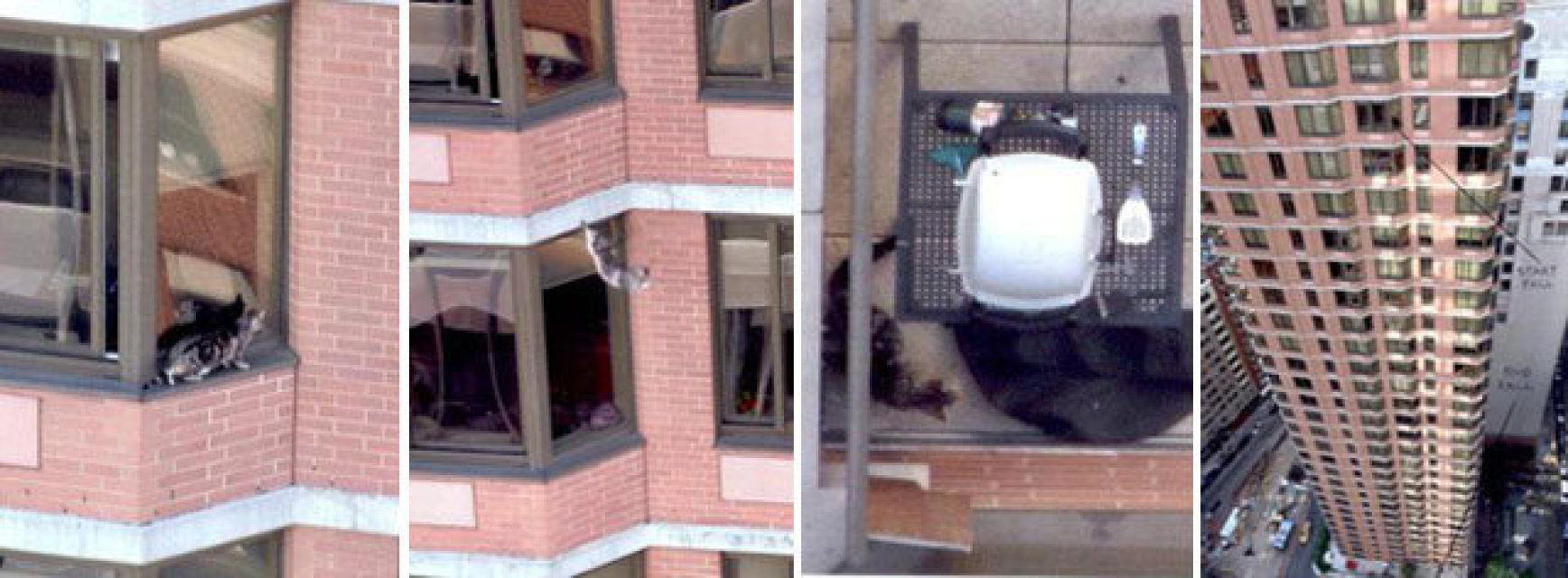



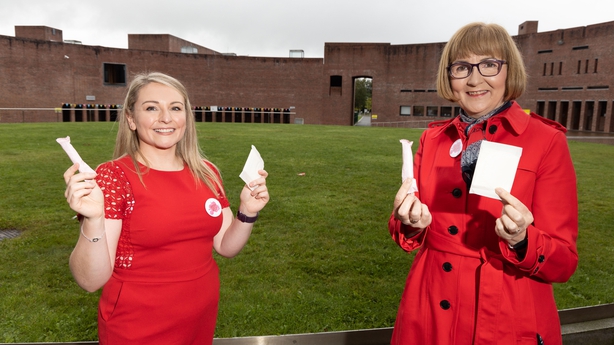





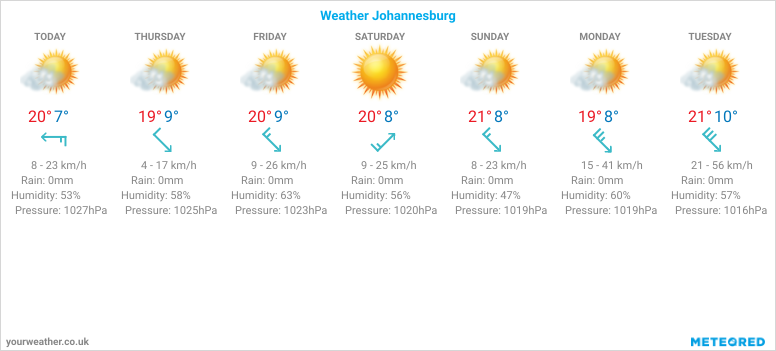

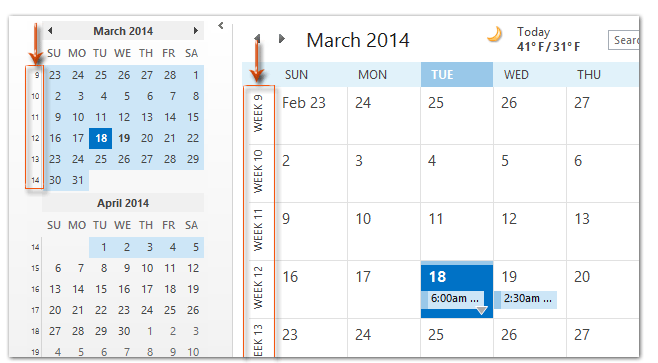







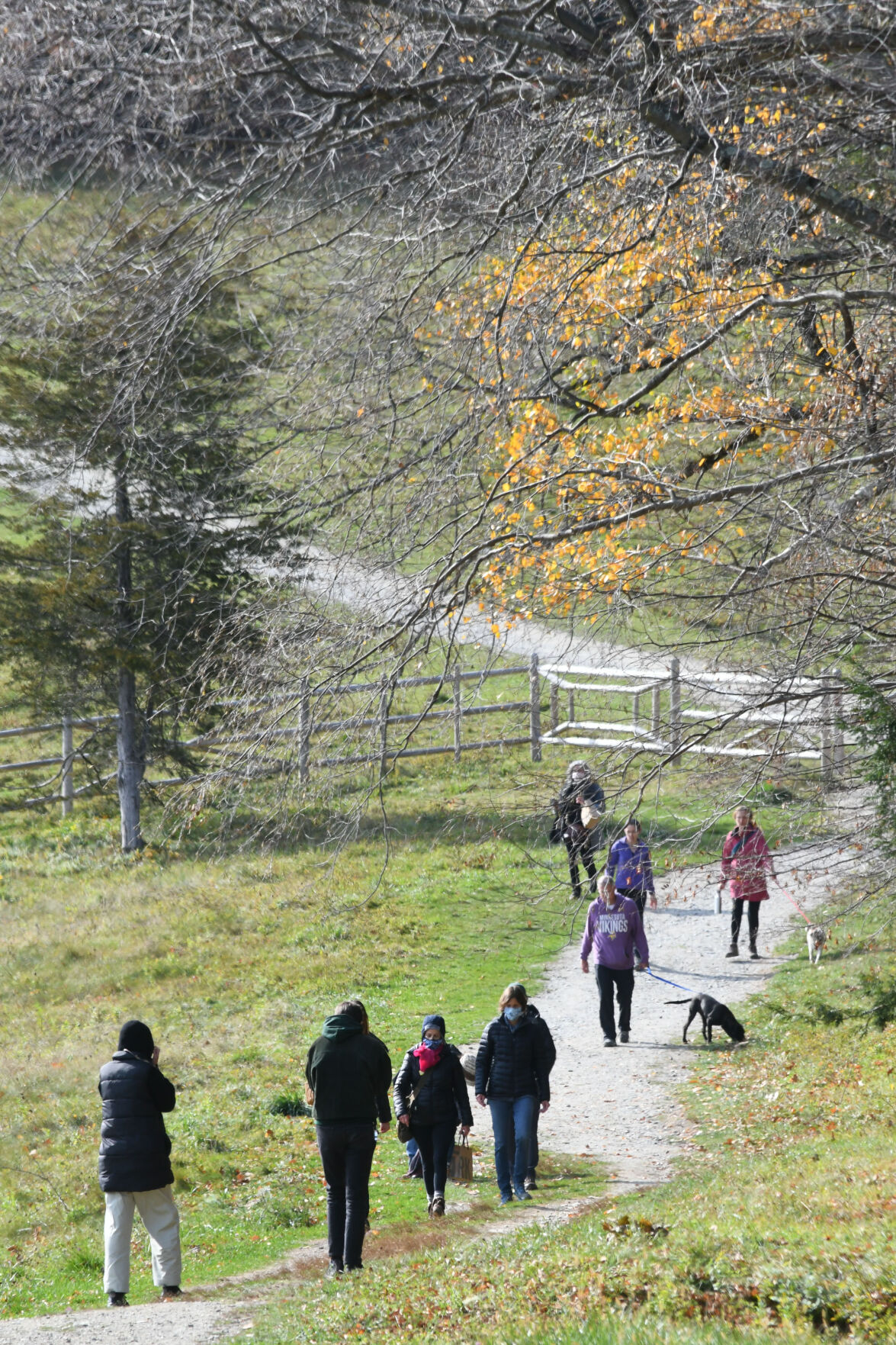







No comments:
Post a Comment
Note: Only a member of this blog may post a comment.